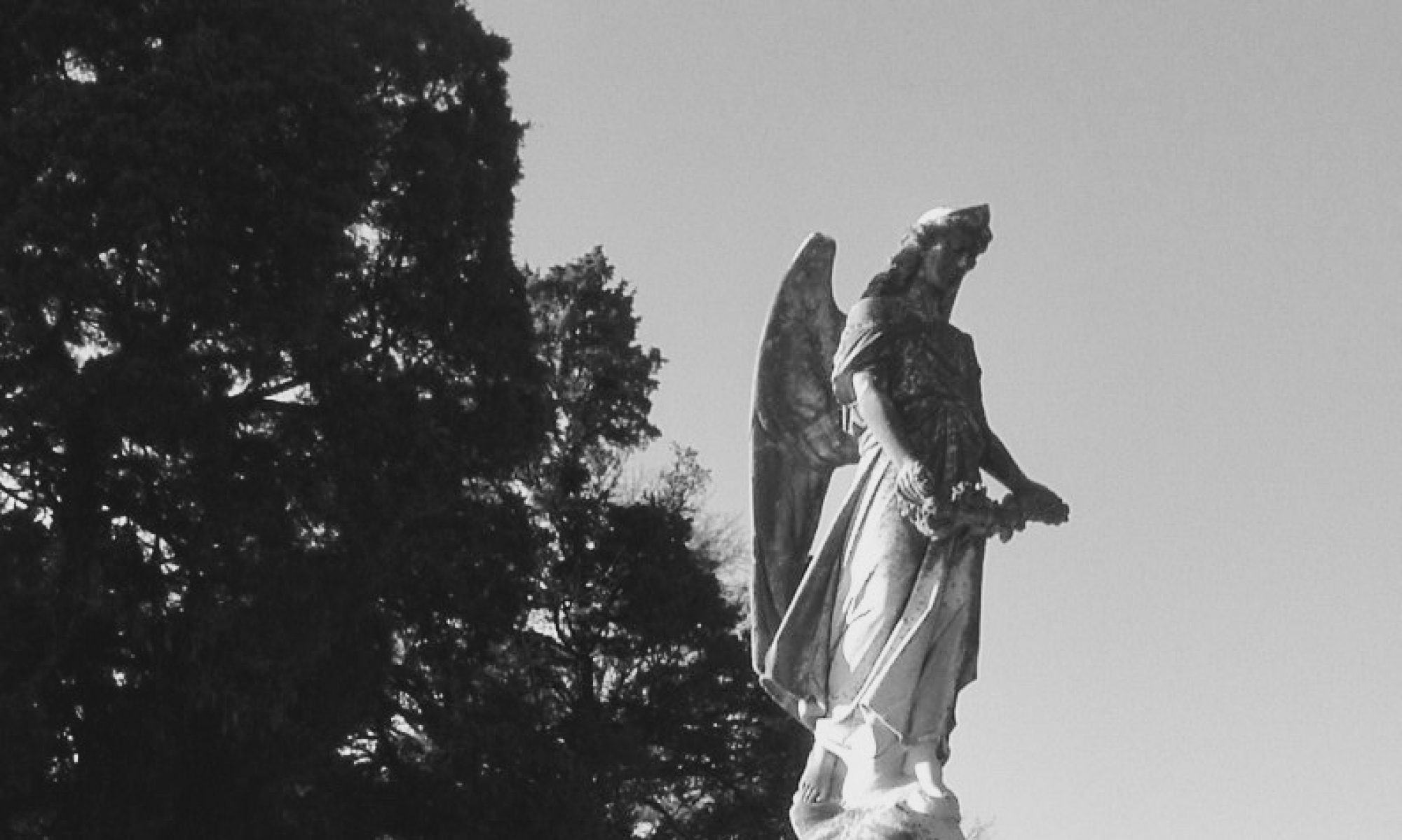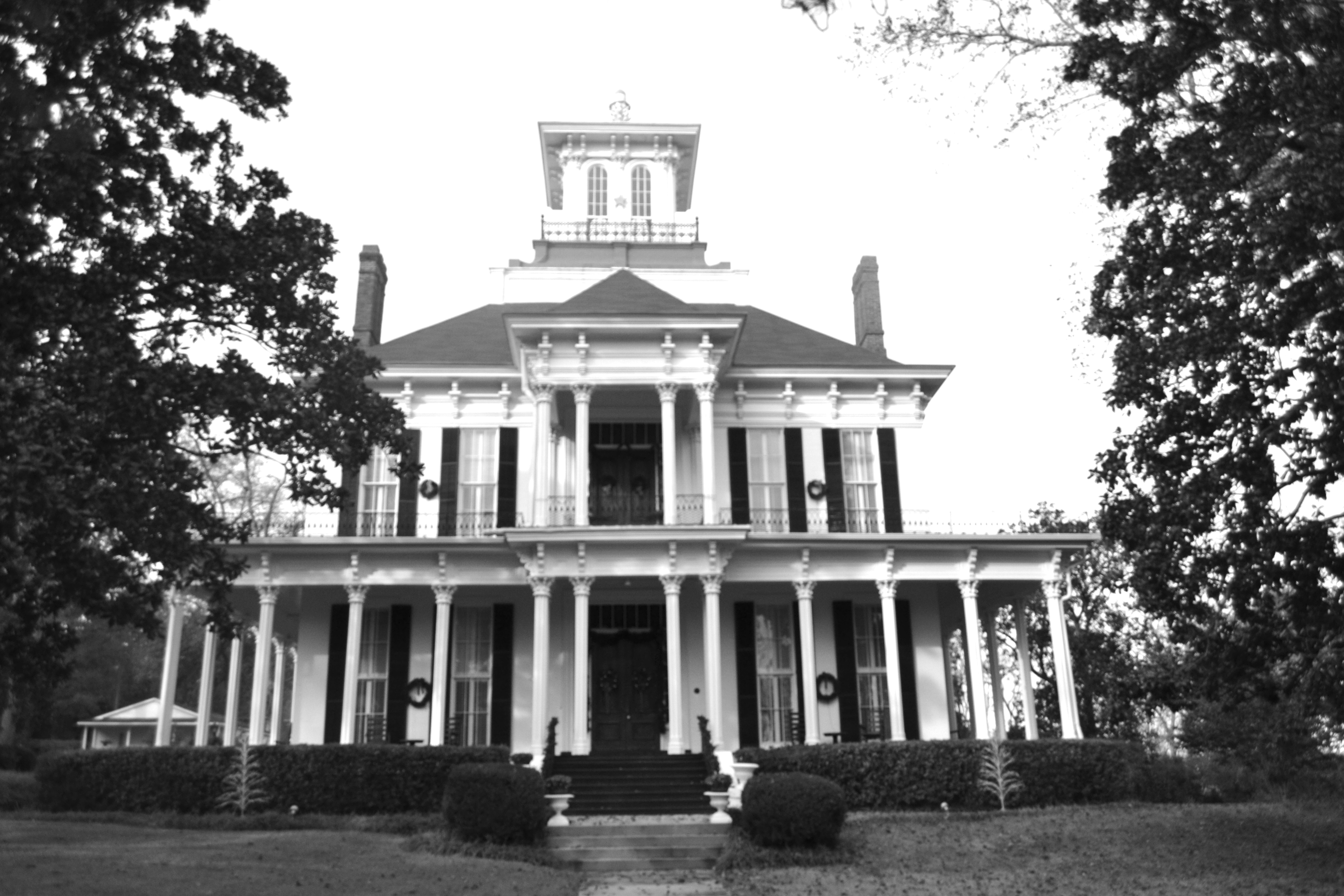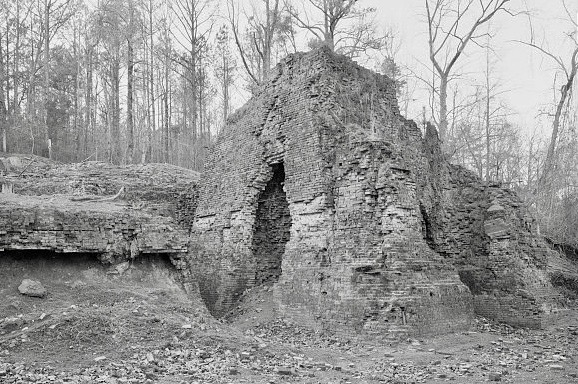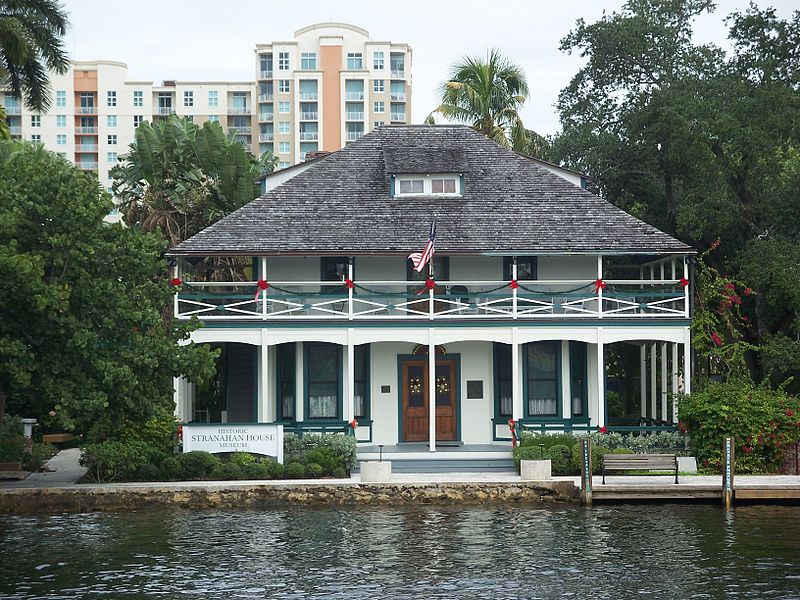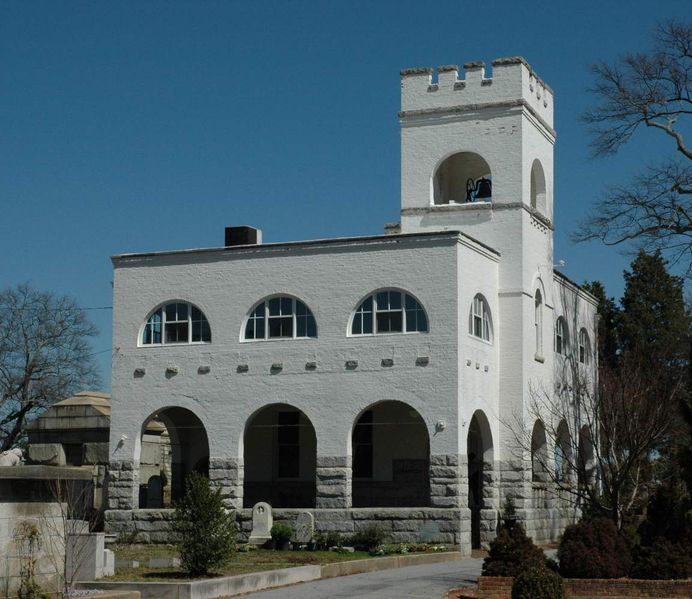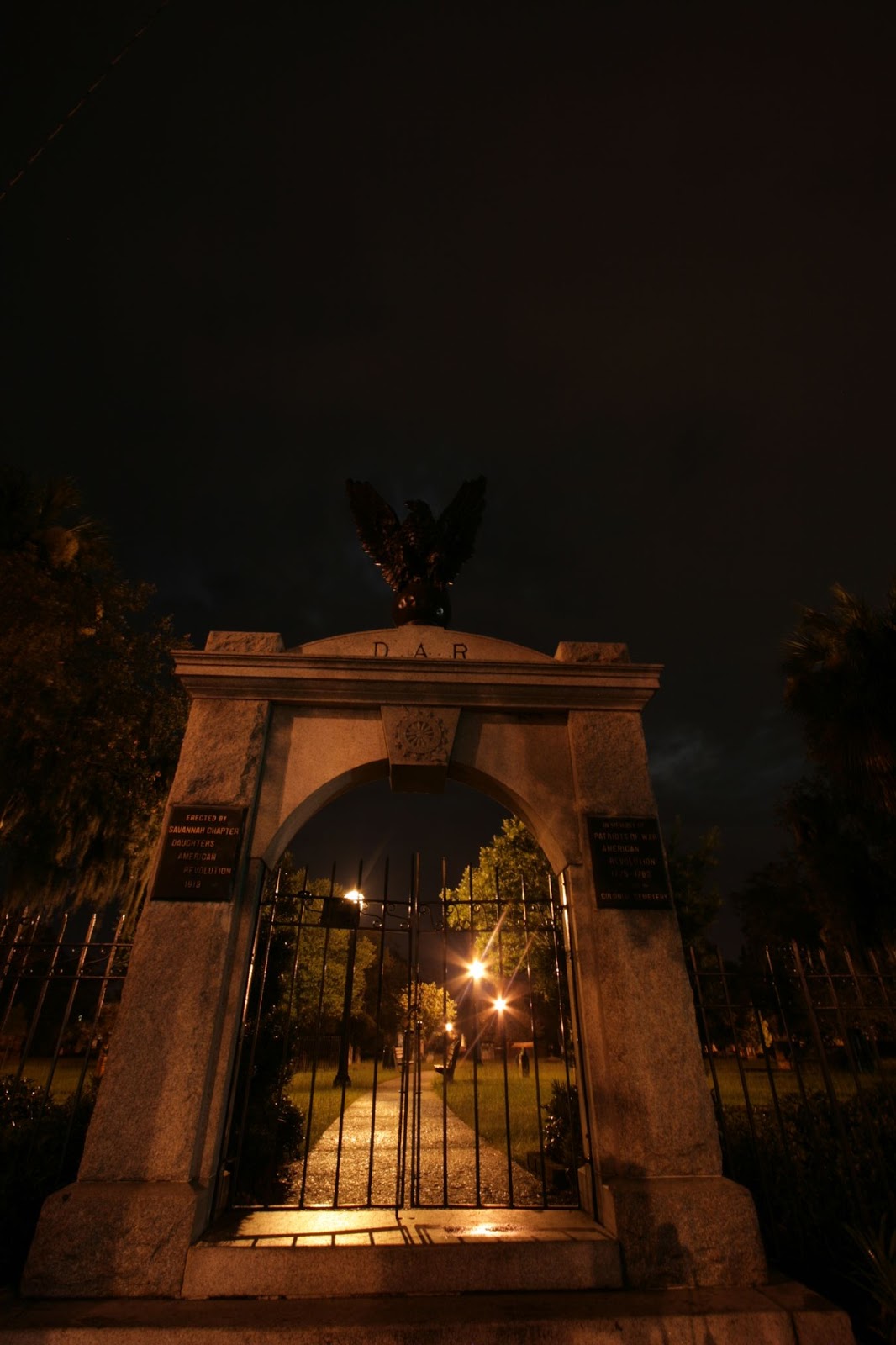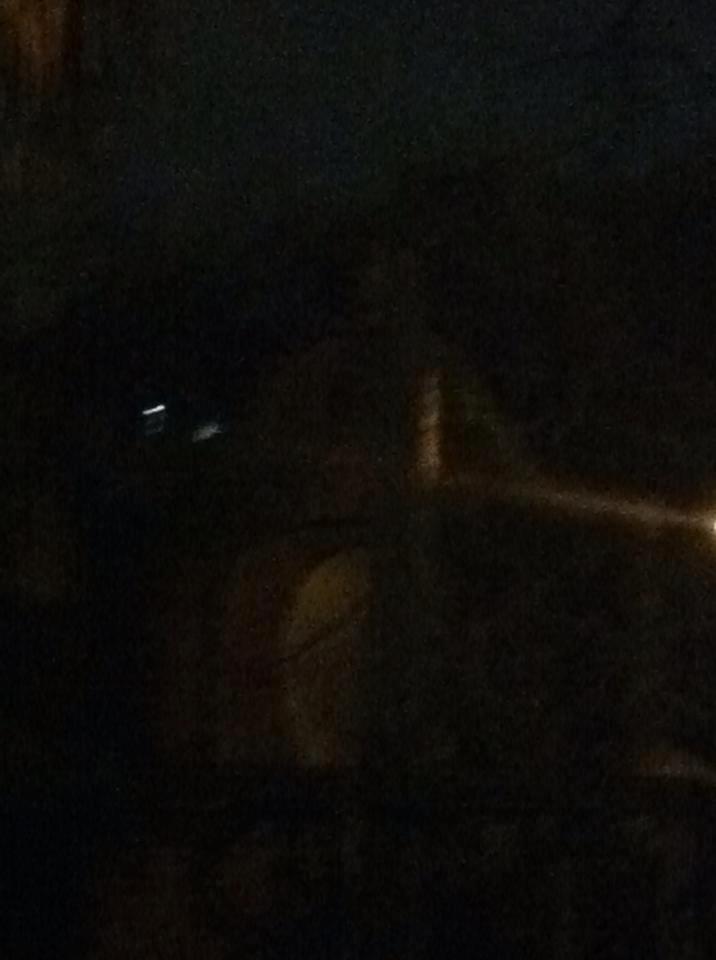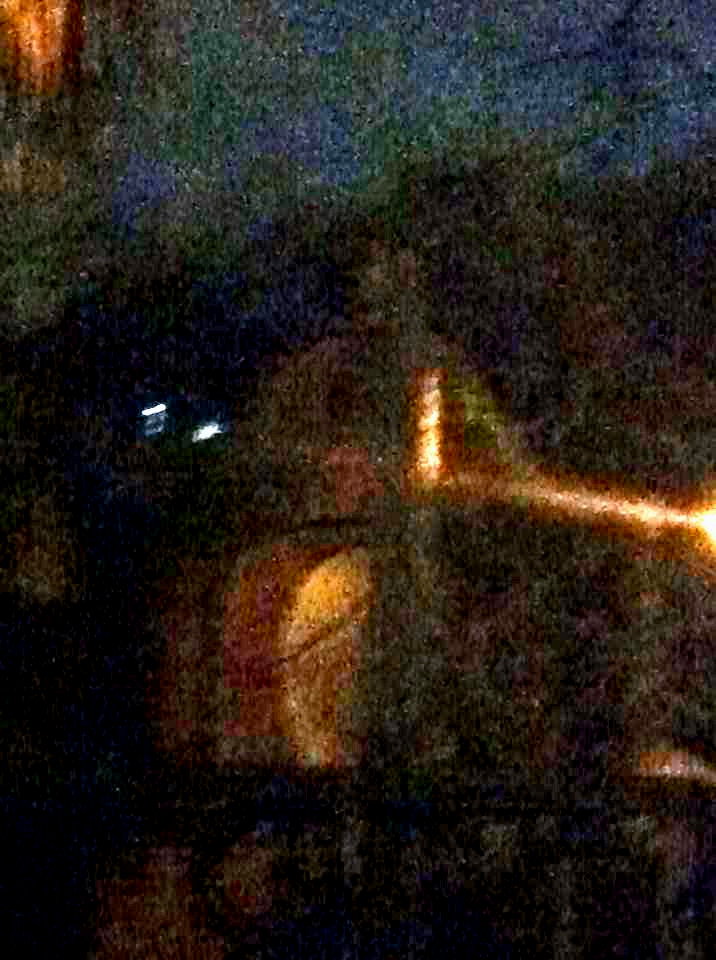One of my goals with this blog is to provide coverage of ghost stories and haunted places in a comprehensive manner. Perhaps one of the best ways to accomplish this is to examine ghost stories county by county, though so far, researching in this manner has been difficult. In my 2015 book, Southern Spirit Guide’s Haunted Alabama, I wanted to include at least one location for every county, though a lack of adequate information and valid sources prevented me from reaching that goal. In the end, my book was published covering only 58 out of 67 counties.
Further research has uncovered information for a few more counties and on Halloween of 2017, Kelly Kazek published an article on AL.com covering the best-known ghost story for every county. Thanks to her excellent research, I’ve almost been able to achieve my goal for the state.
For a further look at Alabama ghosts, please see my Alabama Directory.
See part I (Autauga County-Cherokee County) here.
See part II (Chilton-Covington Counties) here.
See part III (Crenshaw-Franklin Counties) here.
See part IV (Geneva-Lawrence Counties) here.
See part V (Lee-Monroe Counties) here.
See part VI (Montgomery-Sumter Counties) here.
See part VII (Talladega-Winston Counties) here.
Chilton County
Refuge Bridge
County Road 32 over Walnut Creek
Clanton
Stories of this rural, one lane bridge being haunted have spread across the internet for years. The only published source on this bridge, Rich Newman’s 2016 Haunted Bridges, appears to draw from these unverified reports. Visitors to the bridge at night are supposed to encounter ghost lights and a malevolent spirit that has been known to pursue those who dare to step out of their cars.
Sources
- Newman, Rich. Haunted Bridges. Woodbury, MN: Llewellyn, 2016.
Choctaw County
Tombigbee River
Near Pennington
Year after year in the early spring, law enforcement near Pennington receives calls about a boat burning on the river. There was a boat that burned on the river near here in a spectacular fire in 1858, the famous Eliza Battle. The river had begun its annual journey outside its banks when the Eliza Battle set its course from Columbus, Mississippi to Mobile loaded with cotton and many passengers. Mrs. Windham describes the journey as starting on a gay note with a band playing as the ship steamed out of Columbus. As evening descended, fireworks were launched, but the weather soon deteriorated.

The New York Times notes that a fire broke out around 2 AM on March 1st among the bales of cotton in the ship’s cargo hold. Spreading quickly, the fire severed the ship’s tiller rope rendering the vessel rudderless. As it burned, the boat drifted into the submerged forest along the banks of the river. Some of the passengers were able to grab onto the branches of the submerged trees while many others jumped into the frigid waters. Locals near the river were roused by the screams of the passengers and quickly organized to offer aid. The exact number of lives lost is still not known, but it estimated to be between 25 and 50. However, the burning Eliza Battle still reappears accompanied by the panicked screams of its passengers to remind us of the tragedy.
Sources
- “Area rich in ghost stories, folk lore.” Demopolis Times. 30 October 2008.
- “Burning of the Steamer Eliza Battle.” New York Times. 12 March 1858.
- Higdon, David and Brett J. Talley. Haunted Alabama Black Belt. Charleston, SC: History Press, 2013.
- Ward, Rufus. “Ask Rufus: Ghosts of the Tombigbee.” The Dispatch (Columbus, MS). 25 October 2014.
- Windham, Kathryn Tucker and Margaret Gillis Figh. 13 Alabama Ghosts and Jeffrey. Tuscaloosa, AL: University of Alabama, 1969.
Clarke County
Mount Nebo Cemetery
Mount Nebo Road
The Alabama Ghost Trail website lists this rural cemetery as being haunted, though it seems that it may just be especially creepy. This cemetery features four unique gravestones created by local African-American inventor and “brilliant recluse” Isaac Nettles. In these gravestones for family members, Settles includes a “death mask” of the deceased and, in the case of his wife’s grave, the visages of their daughters. These faces, made from impressions done while the subjects were alive, appear to press through from inside the concrete markers. These markers are listed on the National Register of Historic Places and are at the heart of the folk art tradition in this state.
Sources
- “Ghost Trail.” SW Alabama Regional Office of Tourism and Film. Accessed 25 May 2015.
- Semmer, Blythe and Trina Brinkley. National Register of Historic Places Nomination form for the Isaac Nettles Gravestone. 24 August 1999.
Clay County
Hudson House (private)
Ashland
This abandoned farmhouse is not unlike the quietly decaying abandoned homes and buildings that line Southern byways, except that it is the only well-known haunting in this rural county. Constructed in 1905, this home was built by Charles and William Hudson for their brother, John. Visitors to the home have encountered the sounds of a baby crying, growling, and odd sounds emanating from within the empty house. While the address of this home has been widely publicized, please note that visiting this house without permission of the landowners does constitute trespassing.
Sources
- Kazek, Kelly. “13 real Alabama houses creepier than any haunted attraction.” com. 8 October 2015.
- Kazek, Kelly. “The best-known ghost tale from each county.” com. 25 October 2017.
Cleburne County
Bald Rock Group Lodge
Cheaha State Park
19644 AL-281
Delta
Nestled within the state’s oldest continuously operating state park, the Bald Rock Group Lodge was constructed as part of several park features built by workers of the New Deal-sponsored Civilian Conservation Corps in 1939. This historic structure was probed for paranormal activity by the Oxford Paranormal Society in 2007. The group captured some audio and video evidence including a replace lighting up mysteriously. Members of the investigative team also witnessed a door opening and then slamming shut by itself. This door was found to be dead bolted when the team examined it moments later.
Sources
- Oxford Paranormal Society. Paranormal Investigation Report for Bald Rock Lodge—Mt. Cheaha. Accessed 21 May 2015.
- Ress, Thomas V. “Cheaha State Park.” Encyclopedia of Alabama. 6 April 2010.
Coffee County
Old Coffee County Jail
329 Putnam Street
Elba
By their natures, jails and prisons often hold negative energy. As places of confinement, these places absorb the negative energy and attitudes from the criminals held here. The suicides and murders that sometimes take place within the walls of these facilities add to the negativity that accumulates. The Old Coffee County Jail has been the scene of several tragedies including suicides and the murder of the county sheriff here in 1979.
Built in 1912, this building served Coffee County for many decades until a flood in 1990 led to its closure. On the morning of March 1, 1979, as Sheriff C. F. “Neil” Grantham arrived for work, a young man approached and shot him three times, killing him just outside the building. The shooter was later apprehended and originally sentenced to death, though he was able to get his sentence commuted to life imprisonment.
Tragedy still haunts the halls of the jail which have been investigated by R.I.P. Investigations. Investigators have caught EVPs within the building as well as communicated with spirits through the use of a Spirit Box. One investigator encountered a malevolent entity which left three long scratches on his back.
Sources
- Boutwell, Josh. “Elba buildings added to Alabama Register of Landmarks and Heritage.” Dothan Eagle. 22 January 2017.
- Boutwell, Josh. “Old Coffee County Jail beaming with haunted history.” Dothan Eagle. 18 October 2016.
- Wesley, Phyllis. “Pair to replace Coffee sheriff.” Montgomery Advertiser. 2 March 1979.
Colbert County
Colbert Ferry Park
Natchez Trace Parkway Milepost 327.3
At the Tennessee River
Cherokee
As the Natchez Trace passed through the territory of the Chickasaw, a pair of native brothers and chiefs, George and Levi Colbert, set up “stands” or inns and a ferry across the river to provide for travelers. Later, the brothers’ surname would be used to name this county. The site of George Colbert’s stand and ferry is now Colbert Ferry Park.
Fire destroyed the stand many years ago, and nothing remains but spiritual activity. Here visitors have had their hair and clothing tugged, and they have heard disembodied voices. Author Bud Steed and his wife experienced some of this activity when they visited in 2011. Around the site, the woods continue to stalked by native spirits, and spectral canoes have been observed on the river.
Sources
- Crutchfield, James A. The Natchez Trace: A Pictorial History. Nashville, TN: Rutledge Hill Press, 1985.
- Steed, Bud. Haunted Natchez Trace. Charleston, SC: History Press, 2012.
Conecuh County
Castleberry Bank Building
Corner of Cleveland Avenue and West Railroad Street
Castleberry
Those who have been inside this building in the small town of Castleberry remark that there is a heaviness in the air. Lee Peacock, a local reporter and blogger, noted that the building gave him and the investigative team with him a sense of “claustrophobia.” Perhaps the feeling of dread and terror felt by a bank president during the Great Depression still pervades this place where he took his life.
The scent of cigar smoke and the low, muffled voices of men talking still cling to the air here. Originally constructed as a bank and serving later as a post office and town museum, the building is currently closed.
Sources
- Higdon, David and Brett J. Talley. Haunted Alabama Black Belt. Charleston, SC: History Press, 2013.
- Peacock, Lee. “Bucket List Update—No. 564: Ghost hunt the old Castleberry bank building.” Dispatches from the LP-OP. 22 October 2012.
- Peacock, Lee. “Is the old bank building in downtown Castleberry haunted?” Dispatches from the LP-OP. 25 October 2012.
Coosa County
Oakachoy Covered Bridge site
Covered Bridge Road
Equality
Travelers on the road from Rockford, the seat of Coosa County, to Dadeville forded Oakachoy Creek here for decades. To aid travelers in crossing the creek, a small covered bridge was built here in 1916 and carried traffic across the creek until vandals burned the picturesque bridge in 2001.
While the bridge still stood, legend spoke of an African-American man being hung on this bridge. As a result of this heinous act, odd things would happen to vehicles parked on the bridge including door handles being shaken and engines dying inexplicably. With the loss of the bridge, this activity has expanded to the land around the bridge site and may include a shadow figure making its way through the forest.
Sources
- Newman, Rich. Haunted Bridges. Woodbury, MN: Llewellyn, 2016.
Covington County
Old Covington County Jail
Behind the Covington County Courthouse
101 North Court Square
Andalusia
In contrast to the grace of the grand, Beaux Arts-style Covington County Courthouse, the building that once housed the jail is severe and linear, perhaps belying its residents’ fall from grace. The building is angular with a few Italianate touches to soften its harsh lines. The jail’s construction followed the completion of the courthouse in 1916. Among the many people whose shadows darkened the threshold, is country singer Hank Williams, who spent a few nights.
The old jail is now primarily the haunt of spirits. The Alabama Paranormal Research Team, led by Faith Serafin, probed the building twice in 2009 obtaining some interesting evidence. The group captured the distinct sound of cell doors closing and disembodied voices as well as observing a shadowy figure in an upper cell. When asked if she thought the building was haunted, Serafin told a local reporter, “That place is haunted beyond a shadow of a doubt. There’s too much evidence, and it’s haunted by more than a few ghosts.”
Sources
- Conner, Martha A. & Steven M. Kay. National Register of Historic Places Nomination form for Covington County Courthouse and Jail District. 28 January 1988.
- Nelson, Stephanie. ”Ghostbusters.” Andalusia Star- News. 10 July 2009.
- Serafin, Faith. Haunted Montgomery, Alabama. Charleston, SC: History Press, 2013.
